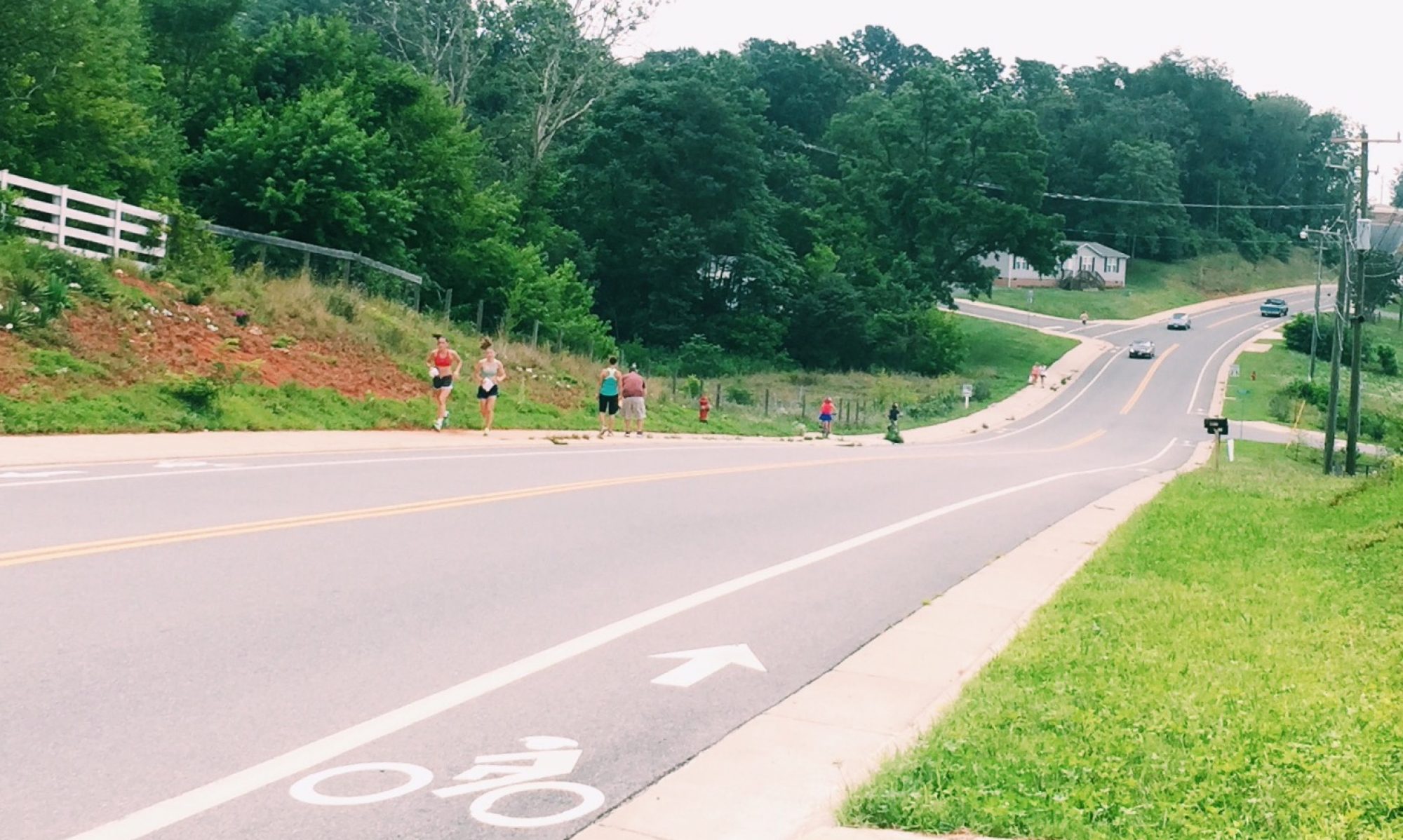Crozet United has a good post this week about Crozet’s population. I’ll get back to that in a minute.
First, some context
Daily Progress in 2020 (my story)
The process has been contentious, especially when it came to the potential for population growth and infrastructure issues around roads, schools and sidewalks in Crozet, which has seen its population increase from about 5,565 in 2010 to approximately 9,224 in 2020, according to census data.
Charlottesville Tomorrow in 2016 (my story)
“This is the best information that we have as to what is going on in Crozet residential development-wise,” said county planner Elaine Echols. “There are projects that are under rezoning, there are projects that have been rezoned and there are projects that are being built by-right.”
Echols said the current population of Crozet is around 6,000 and it is expected that will double by 2030. The master plan has a maximum population cap.
“The number that’s in the master plan is 18,000,” Echols said. “You have about 6,000 people right now and if you add another 6,000 to that, that’s 12,000. That’s our math.”
Crozet’s population (Census Bureau boundaries roughly overlap the Crozet Growth Area) grew from 2,585 in 2000 to 5,560 last year. That means White Hall District—which started out as the district already closest to ideal—needs to shed about 950 people, which happens to be very near the size of Yellow Mountain precinct, which, broadly, is a southern section of Greenwood. One advantage in being able to shift a whole precinct is that no change of polling place need happen.
Crozet Should Become a Town (2021)
The Crozet United story
(thanks to Crozet United for permission to republish)
Crozet’s population soars to +12,000, shattering forecasts – There are 4,864 households in Crozet that have a public water connection according to the Albemarle County Service Authority’s (ACSA) most recent board report. The ACSA estimates there are 2.5 members in each household, bringing Crozet’s population to 12,160 people as of July 2024 (see page 48 at this link).
Crozet’s population is now 20 years ahead of plan, compared to the model the Rivanna Water and Sewer Authority (RWSA) has been using to predict how long our water supply will last.
According to a 2021 report produced by consulting firm Hazen and Sawyer, RWSA didn’t expect Crozet’s population to reach 12,000 people until the year 2045 (see graphic below or page 17 online here).

Unaccounted for is the fact that Crozet’s population will approach 14,000 people by the time the neighborhoods of Old Trail, Greenwood, Old Dominion, Pleasant Green, Montclair, and the future Downtown Plaza residences are fully built out.
How fast will Crozet’s population continue to grow over the next 20 years?
Without a reliable answer to that question, it is virtually impossible to predict how much water we’ll need, how large our schools will need to be, when our transportation improvements must be made, and how much tax payer money the County will need to set aside to fund Crozet’s basic infrastructure needs.
In response to an email inquiry requesting the County’s estimate for the future population of Crozet, Supervisor Ann Mallek, who also serves as an ex-officio director of RWSA, would not commit to getting Crozet citizens a specific answer to that question, despite the fact that she also oversees the current effort to update the County’s long range comprehensive plan through the year 2044 (AC44).
Instead, Mallek asked Crozet citizens to study and participate in the upcoming comprehensive plan meetings and surveys. “Getting the wording right in the [AC44 Comprehensive] plan will lay the groundwork to maintain natural resource protection, and other important elements of our future lives” she said.
Background Resources for the Curious/Want to be Informed
- Building Permit history for Albemarle County
- Transportation Projects Dashboard
- Albemarle County Land Use Buildout Analysis – 2022 (PDF)
- A few highlights from the Buildout Analysis: (boldings are mine)
Page 46 – Rezoning buildout trends (in Albemarle County)
In the past five years (2016 through 2021), the County has approved 20 residential
rezoning and special use permit applications. When analyzing the actual buildout of these
rezoning developments, the total number of units approved was approximately 58% of the maximum number of units recommended per the Comprehensive Plan. Or said another way, the actual approval of these recent residential rezonings was about 58 percent of the theoretical maximum buildout
…
When looking at the trends after rezoning approval, it is common for residential rezonings
to build most or all of their approved units. For developments that have built out since
2005, the average final buildout was 94% of the maximum units approved. One significant
exception is Old Trail Village in Crozet, which is not included in the average since it is still
building out. Old Trail is expected to build out at about 1,200 total units, or about half of
the maximum 2,200 approved units.
Page 15
… there are a combined 14,881 units that have either been approved or are under review that could be developed in the future. Hollymead contains 42.6% of the total buildable units in the pipeline, followed by Crozet (15.6%) and Neighborhood 5 (15.1%).
Page 13
For example, several large rezonings approved in the early 2000s have developed later (or less) than expected due to the Great Recession of 2007-2009. Another example is Old Trail Village development in Crozet, which was initially approved in 2005 for a total of 2,200 units. As the development is completed, it is expected to deliver closer to 1,200 total units.

















